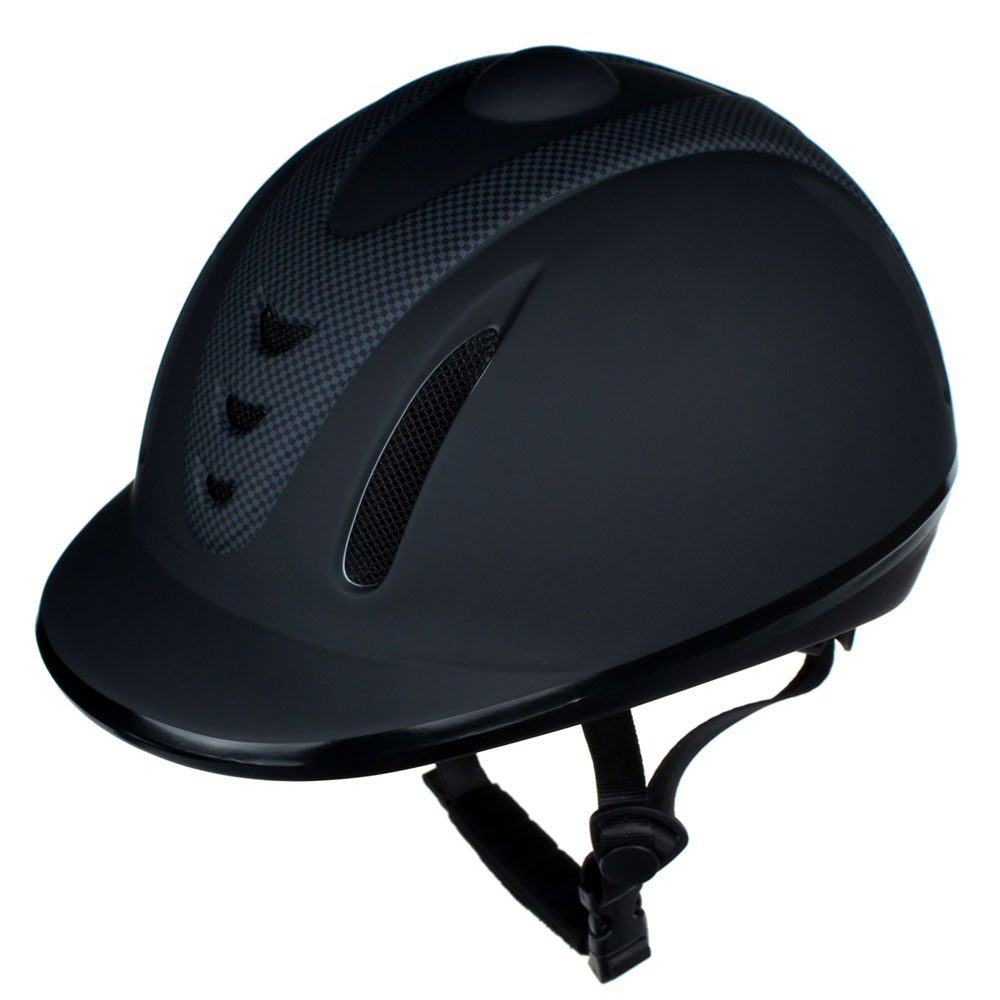Views: 0 Author: Site Editor Publish Time: 2025-04-07 Origin: Site










When it comes to horse riding, safety is non-negotiable. Whether you’re a seasoned equestrian or a beginner just finding your stride, one essential piece of equipment stands above the rest: the helmet. Not only does it protect you from injuries, but it can quite literally save your life in the event of an accident.
But not all horse riding helmets are created equal. With so many options on the market, how do you ensure you're choosing one that offers quality, comfort, and most importantly, safety? This blog will guide you through everything you need to know about selecting horse riding helmets you can trust.
Expect to learn about key safety features, what certifications to look for, and how to find a style that fits your needs.
Ask any equestrian professional, and they’ll tell you that helmets are a must. Even the most well-trained horses can be unpredictable at times. A sudden spook or an unsteady trot can result in falls, and without adequate head protection, even a small accident can have serious consequences.
According to research, horse riding is one of the leading sports for traumatic brain injuries (TBIs). The American Medical Equestrian Association (AMEA) reports that approximately 60% of deaths from horseback riding result from head injuries. Simply wearing a certified helmet reduces the risk of severe head injuries significantly, making it a non-negotiable part of your riding gear.
Now that we’ve established how critical helmets are, let's look at the defining features of a quality horse riding helmet.


When choosing a horse riding helmet, verify that it meets established safety certifications. Helmets are rigorously tested to ensure they adhere to safety standards, which include impact, crush, and retention tests to simulate real-world scenarios.
Look for certifications such as:
● ASTM/SEI (American Society for Testing and Materials/Safety Equipment Institute): Trusted in North America, helmets with this certification are thoroughly tested for strength and durability.
● BSI Kitemark (British Standards Institution): Commonly recognized in Europe, this certification guarantees top-quality workmanship and reliability.
● VG1: A standard enforced by the European Economic Area, reflecting updated safety requirements.
● PAS 015: A rigorous British standard that ensures high levels of protection, especially against rotated falls.
Before purchasing, check for certification labels inside the helmet or details on the manufacturer's website.
A properly-fitted helmet not only ensures maximum safety but also keeps you comfortable during long rides. No one wants a helmet that’s too tight, too loose, or a poor match for their head shape.
Key tips for finding the right fit:
● The helmet should sit snugly without feeling restrictive. It shouldn’t rock back and forth or side to side when you move your head.
● It should cover your entire skull, particularly the back of your head.
● Test the chin strap. It should be adjustable and fit securely without pinching.
Consider brands that offer helmets in multiple sizes or models designed for different head shapes (oval versus round).
Navigating a sunny trail or an intense lesson in the outdoor arena? You’ll appreciate a helmet with great airflow. Helmets with proper ventilation prevent the buildup of heat and moisture, helping you stay cool and comfortable throughout your ride.
Many modern helmets use lightweight, breathable materials and offer strategically placed vents to encourage airflow.
Horse riding helmets are exposed to wear and tear, whether you're riding through wooded trails or competing in show rings. Look for helmets made from high-quality materials that can withstand the demands of the sport.
● Outer shell: Polycarbonate or fiberglass shells provide excellent impact resistance.
● Inner liner: EPS (expanded polystyrene) foam absorbs shock effectively and ensures your safety during falls.
Remember, helmets have a lifespan. Manufacturers recommend replacing them every 5 years or immediately after a fall or impact.
While safety is paramount, style matters too. Your helmet should make you feel confident and match your personal taste. Whether you prefer a sleek, modern design or a more traditional look, there are plenty of options to choose from. Some brands even offer customizable colors and embellishments for a touch of personality.
Your helmet is an investment in your safety, so it’s important to take good care of it. Here’s how you can make it last longer:
● Store it properly: Keep your helmet in a cool, dry place away from direct sunlight or heat sources.
● Clean it regularly: Use mild soap and water to clean the surface. Never use harsh chemicals that could weaken the materials.
● Avoid drops or unnecessary impact: Even minor bumps can compromise the helmet’s integrity.
Choosing the right horse riding helmet is a decision that shouldn’t be rushed. With the tips and recommendations in this guide, you’re well on your way to finding a helmet that meets your specific needs.
If you’re unsure where to start, consider visiting an equestrian store to try out different models and consult with experts who can assist with proper sizing.
Remember, investing in a high-quality helmet is an investment in your well-being. With the right gear, you can enjoy your riding adventures with confidence and peace of mind.
Happy riding!